Home>Renovation & DIY>Tools & Equipment>What Grit Sandpaper To Remove Varnish From Wood
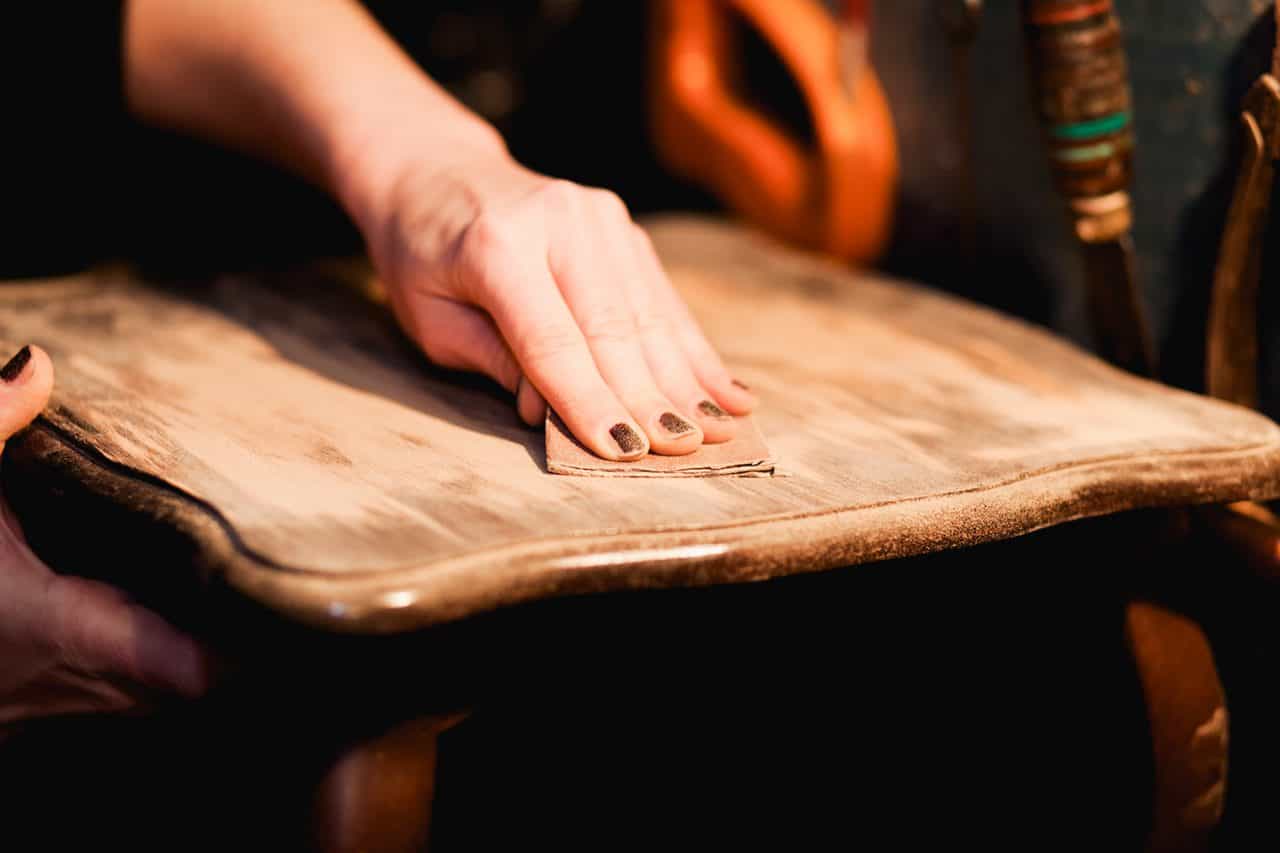

Tools & Equipment
What Grit Sandpaper To Remove Varnish From Wood
Modified: February 25, 2024
Find the right grit sandpaper to efficiently remove varnish from wood with our comprehensive guide. Get the best tools and equipment for the job.
(Many of the links in this article redirect to a specific reviewed product. Your purchase of these products through affiliate links helps to generate commission for Storables.com, at no extra cost. Learn more)
Introduction
Welcome to our comprehensive guide on using grit sandpaper to remove varnish from wood. If you’re looking to restore the natural beauty of your wooden furniture or surfaces, removing varnish is an essential step. Varnish can become worn, discolored, or damaged over time, detracting from the overall appearance of the wood. By carefully sanding away the varnish, you can prepare the surface for refinishing or leave it with a natural, unfinished look.
Understanding the process of removing varnish using grit sandpaper is crucial to achieve the best results. This guide will walk you through the different grit levels of sandpaper and help you select the right one for your specific project. We will also provide you with a step-by-step guide on how to effectively and safely remove varnish from wood.
Before we dive into the details, it’s crucial to note that safety should be your top priority when working with chemicals and power tools. Make sure to wear appropriate safety gear, such as goggles, gloves, and a mask, to protect yourself from any potential hazards.
Now, let’s explore the wonderful world of grit sandpaper, and learn how to use it to remove varnish from wood like a pro!
Key Takeaways:
- Choose the right grit sandpaper based on wood condition, varnish thickness, and desired finish. Test inconspicuous areas and work gradually from coarse to fine grit for effective varnish removal.
- Prioritize safety, ventilation, and protective gear when removing varnish. Take your time, follow the wood grain, and consider refinishing options for a successful wood restoration project.
Read more: What Grit Sandpaper For Varnish
Understanding Grit Sandpaper
Grit sandpaper is a type of abrasive material that is used to smooth or remove material from a surface. It consists of a paper backing with granules of abrasive material adhered to it. The abrasive material, also known as grit, comes in different levels of coarseness, which determine how aggressively it will remove material from the surface. Understanding the different grit levels is crucial to selecting the right sandpaper for removing varnish from wood.
The grit level of sandpaper refers to the number of abrasive particles per square inch of the paper. The higher the grit number, the finer the particles and the smoother the sanding result. Grit levels typically range from around 40 (coarse) to 2000 (very fine), although the most commonly used grits for varnish removal fall between 80 and 220.
When it comes to removing varnish from wood, you’ll need to start with a lower grit sandpaper to strip away the top layers of varnish, and then gradually work your way up to a higher grit for a smooth and even finish. Here’s a breakdown of the different grit levels and their purposes:
- Coarse Grit (40-60): This level of grit is ideal for heavy-duty sanding tasks, such as removing thick layers of old varnish or paint. It is also useful for smoothing rough surfaces or removing deep scratches. However, be cautious as coarse grit sandpaper can leave noticeable marks on the wood if not used carefully.
- Medium Grit (80-120): Medium grit sandpaper is commonly used for initial varnish removal and shaping the wood. It effectively removes varnish while still leaving the wood surface with some texture.
- Fine Grit (150-180): Fine grit sandpaper is used for finer sanding and to remove any remaining varnish residue after using a coarser grit. It helps to create a smooth, even surface.
- Very Fine Grit (220+): Very fine grit sandpaper is used for final sanding and preparation before refinishing the wood. It produces a smooth finish and helps to remove any remaining imperfections or small scratches.
It’s important to note that the appropriate grit level for varnish removal may vary depending on the condition of the wood and the thickness of the varnish layers. Inspect your project and adjust the grit levels accordingly to achieve the desired results.
Now that you have a good understanding of grit sandpaper, let’s move on to selecting the right grit for removing varnish from wood surfaces.
Selecting the Right Grit Sandpaper for Removing Varnish from Wood
When it comes to removing varnish from wood, selecting the right grit sandpaper is crucial for achieving the desired outcome. The appropriate grit level will depend on the condition of the wood surface, the thickness of the varnish, and the level of smoothness you are aiming for. Here are some guidelines to help you select the right grit sandpaper:
- Assess the condition of the wood: Start by examining the wood surface to determine its condition. If the varnish is heavily worn or peeling, you will need a coarse grit sandpaper to remove these layers effectively. If the varnish is still intact with minor imperfections, you can opt for a finer grit for a smoother finish.
- Consider the thickness of the varnish: If the varnish layers are thick, you may need to start with a coarser grit, such as 40 or 60, to remove the bulk of the varnish. However, if the varnish is thin or if you’re only looking to remove a top coat, a medium grit, like 80 or 120, may be sufficient.
- Think about the desired finish: Determine how smooth you want the wood surface to be after removing the varnish. If you are planning to apply a new finish or paint, you may want to use a fine grit sandpaper, such as 150 or 180, to achieve a smoother surface. However, if you prefer a more rustic or textured look, a medium grit may be suitable.
- Try a test patch: If you are unsure about the appropriate grit level, it’s always a good idea to start with a test patch. Apply different grit sandpapers to a small area and assess the result to determine which one works best for your project.
- Consider the type of wood: Keep in mind that different types of wood may require different grit sandpapers. Softer woods like pine or fir may need a lighter touch with a finer grit, while hardwoods like oak or mahogany can handle coarser grits.
Remember, it’s better to start with a coarser grit and gradually move to a finer grit if necessary. This step-by-step approach ensures that you remove the varnish effectively without damaging the wood surface.
In addition to selecting the right grit sandpaper, using high-quality sandpaper is also important. Cheap or low-quality sandpaper may wear out quickly, resulting in an uneven finish or the need to purchase more sandpaper during the project. Invest in reputable brands and ensure the sandpaper is suitable for wood surfaces.
Now that you know how to select the appropriate grit sandpaper, it’s time to dive into the step-by-step guide for removing varnish from wood.
Start with 80-100 grit sandpaper to remove varnish from wood. If the varnish is thick, start with a lower grit and gradually move to a higher grit for a smoother finish.
Step-by-Step Guide for Removing Varnish from Wood
Removing varnish from wood requires patience and careful attention to detail. Follow these steps to effectively and safely remove varnish from your wood surfaces:
- Prepare the work area: Start by preparing the work area to avoid any mess or damage. Lay down a drop cloth or old newspapers to catch any dust or debris that may fall during the sanding process.
- Gather your materials: Make sure you have all the necessary materials on hand. This includes the appropriate grit sandpaper, a sanding block or orbital sander, a clean cloth, and any additional tools you may need for the specific project.
- Test an inconspicuous area: Before you begin sanding the entire surface, it’s a good idea to test a small, inconspicuous area to get a feel for the sanding process and observe how the wood reacts to the sandpaper.
- Start with a coarse grit: Begin the sanding process with a coarse grit sandpaper, such as 40 or 60. Using a sanding block or an orbital sander with a lower speed, work in the direction of the wood grain. Apply even pressure and avoid pressing too hard, as it may cause damage to the wood.
- Maintain a consistent motion: As you sand, move the sandpaper back and forth in a smooth, consistent motion. Take care to sand evenly across the entire surface to ensure a uniform result.
- Check your progress: Periodically stop and check your progress to see if the varnish is being effectively removed. Look for signs of a smoother wood surface and areas where varnish is still present. If necessary, continue sanding with the coarse grit until you achieve the desired results.
- Transition to a finer grit: Once the bulk of the varnish is removed, switch to a finer grit sandpaper, such as 80 or 120. Repeat the sanding process using the same techniques as before, but with the finer sandpaper. This step helps to smooth out any remaining imperfections and prepare the wood surface for refinishing.
- Remove dust and debris: After sanding with the finer grit sandpaper, use a clean cloth or a vacuum to remove any dust or debris from the wood surface. This will ensure a clean and smooth surface for the final steps of your project.
- Finish sanding with a very fine grit: If desired, you can further refine the wood surface by using a very fine grit sandpaper, such as 150 or 180. Sand lightly in the direction of the wood grain to create an even smoother finish.
- Clean the surface: Once you are satisfied with the sanding results, wipe down the wood surface with a clean, damp cloth to remove any remaining dust or debris. Allow the surface to dry completely before proceeding with any refinishing or painting.
By following these steps, you’ll be able to effectively remove varnish from your wood surfaces and prepare them for refinishing or leave them with a natural, unfinished look. Remember to work patiently and take breaks as needed to avoid fatigue and maintain the quality of your work.
Now that you’ve successfully removed the varnish, let’s go over some helpful tips and precautions to keep in mind for a successful project.
Tips and Precautions
When removing varnish from wood, it’s important to keep the following tips and precautions in mind:
- Work in a well-ventilated area: Sanding can generate a significant amount of dust and debris. Make sure to work in a well-ventilated area or use a dust collection system to minimize inhalation of dust particles.
- Protect yourself: Wear protective gear such as safety goggles, gloves, and a mask to shield yourself from dust and potential chemical exposure. This is especially important if you’re using a chemical stripper in addition to sanding.
- Start with the least aggressive method: Before resorting to sanding, try less aggressive methods such as using a chemical varnish remover or a heat gun to soften and lift the varnish. This might save you time and effort, especially if the varnish is in good condition.
- Follow the wood grain: Sanding in the direction of the wood grain helps to achieve a smoother result and prevent unsightly scratches or marks on the wood surface.
- Do not rush: Take your time and go slowly. Rushing through the sanding process may lead to uneven results or damage to the wood surface.
- Inspect and touch up: After sanding, inspect the wood surface thoroughly for any rough patches or areas where the varnish may still be present. Use sandpaper or a sanding block to touch up those areas until you achieve a uniform result.
- Dispose of waste properly: Dispose of sanding dust, debris, and used sandpaper in an appropriate manner. Follow local regulations for disposal or recycling.
- Consider refinishing: Once the varnish is removed, you have the option to apply a new finish or leave the wood surface as is. If you choose to refinish, follow the manufacturer’s instructions for the specific product you are using.
- Practice on a scrap piece: If you’re new to refinishing and are unsure of the process, practice on a scrap piece of wood before tackling your main project. This allows you to familiarize yourself with the techniques and ensure the desired results.
By following these tips and taking necessary precautions, you can safely and successfully remove varnish from wood surfaces, revealing the natural beauty underneath.
Now that you have all the information you need, it’s time to get started and bring new life to your wooden furniture and surfaces. Happy varnish removal!
Conclusion
Removing varnish from wood can transform the look of your furniture and surfaces, restoring their natural beauty and allowing you to start afresh with refinishing or embracing a natural, unfinished aesthetic. By understanding grit sandpaper and selecting the right one for your project, following a step-by-step guide with care, and keeping important tips and precautions in mind, you can achieve successful results.
Throughout this guide, we’ve emphasized the significance of starting with a coarse grit sandpaper and gradually transitioning to finer grits to remove varnish effectively. We’ve also highlighted the importance of working in a well-ventilated area, protecting yourself with appropriate safety gear, and taking your time to achieve a smooth and even finish.
Remember to consider the condition of the wood, the thickness of the varnish, and the desired finish when selecting the appropriate grit sandpaper. Test an inconspicuous area, maintain a consistent sanding motion, and check your progress regularly to ensure you’re on track. Once the varnish is successfully removed, take the time to clean the surface thoroughly and consider refinishing it with a fresh coat of varnish or another suitable finish.
With the right tools, equipment, and knowledge, you can confidently undertake varnish removal projects and enjoy the satisfaction of restoring the natural beauty of your wood surfaces.
However, if you’re unsure about tackling such a project or if the wood surfaces are valuable or precious, it’s always a good idea to consult with a professional before proceeding.
We hope this comprehensive guide has empowered you with the information you need to confidently remove varnish from wood surfaces. So go ahead, grab your sandpaper, and enjoy the journey of transforming your wooden furniture and surfaces into stunning masterpieces!
Frequently Asked Questions about What Grit Sandpaper To Remove Varnish From Wood
Was this page helpful?
At Storables.com, we guarantee accurate and reliable information. Our content, validated by Expert Board Contributors, is crafted following stringent Editorial Policies. We're committed to providing you with well-researched, expert-backed insights for all your informational needs.
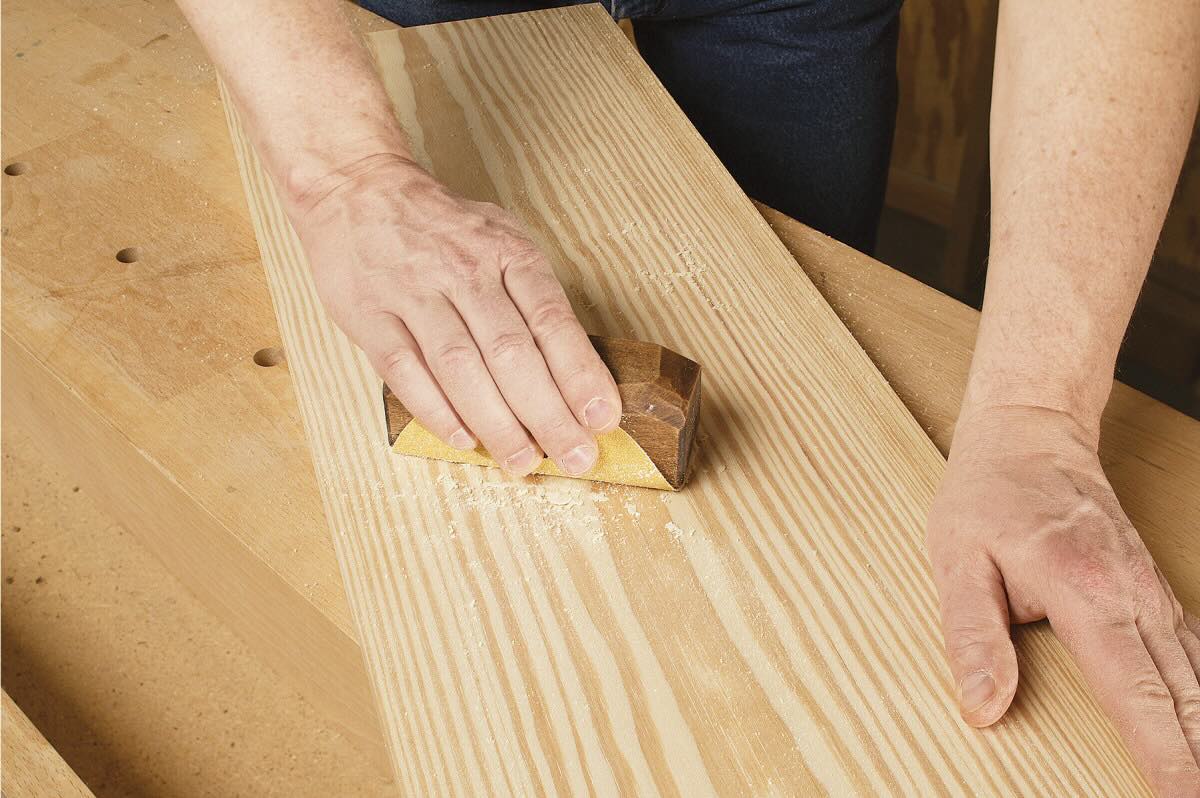
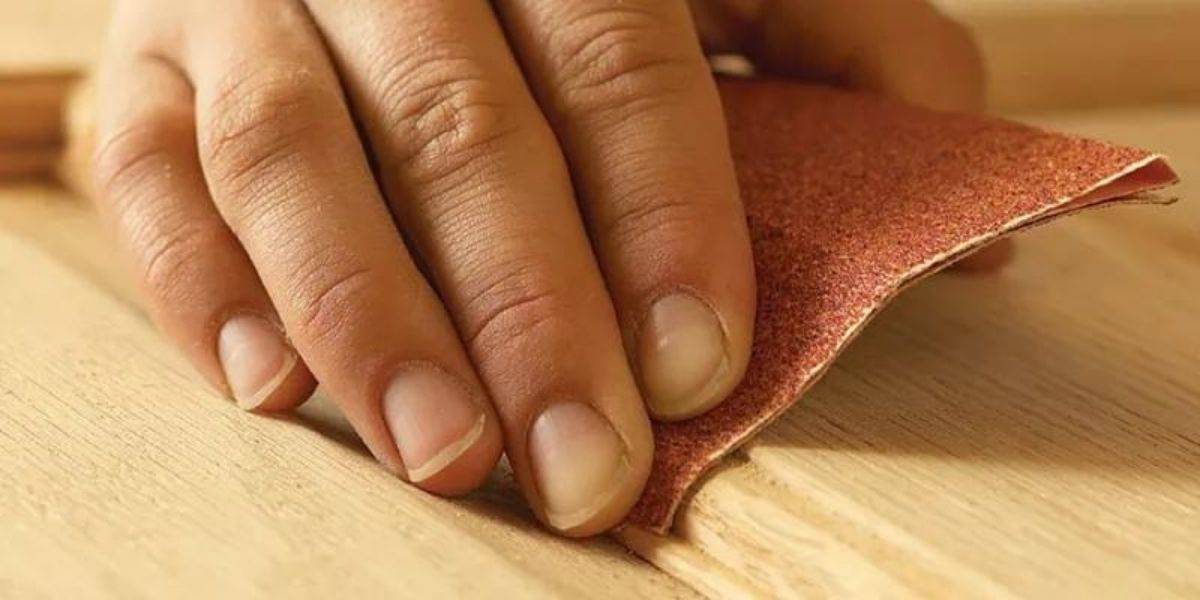
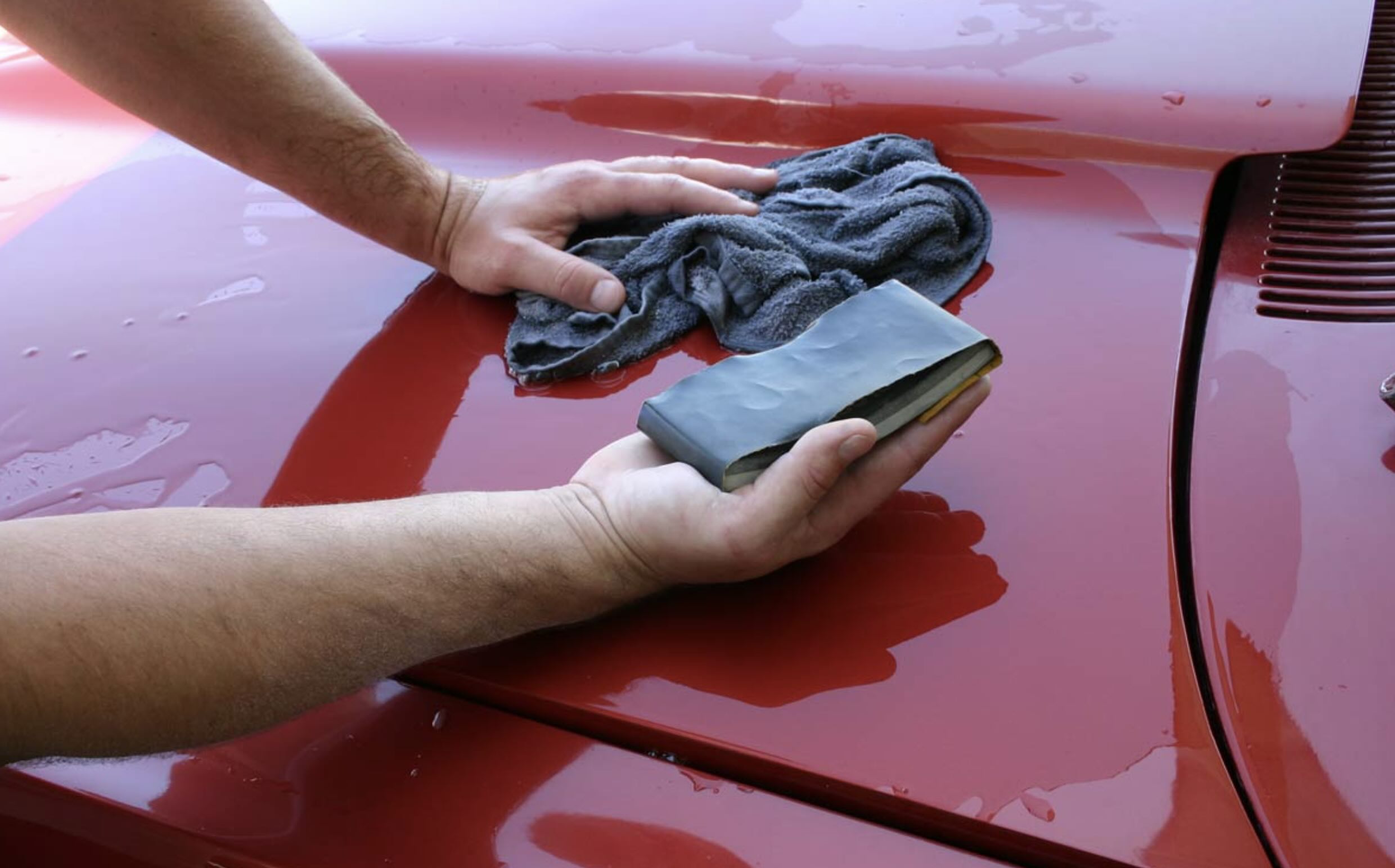
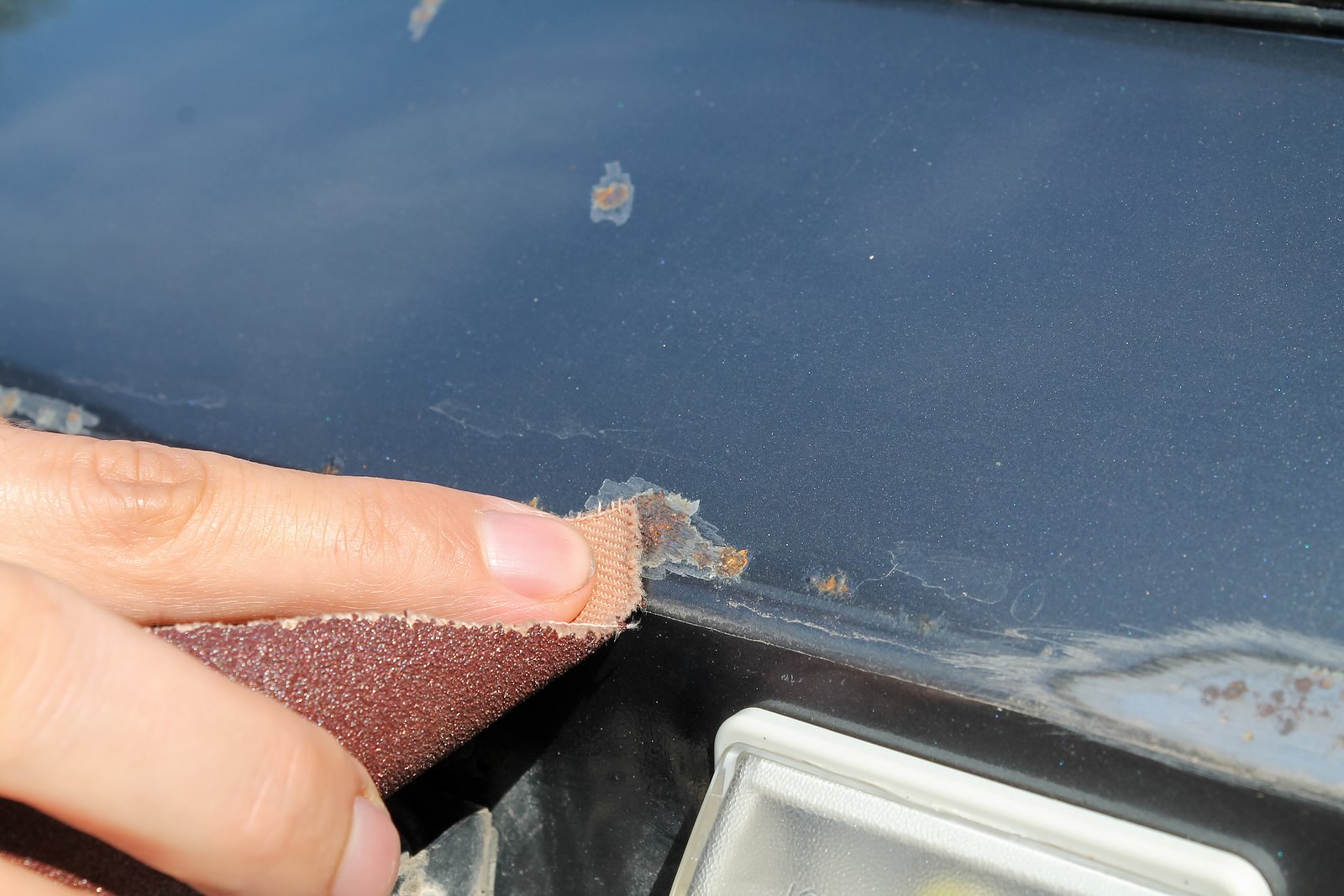
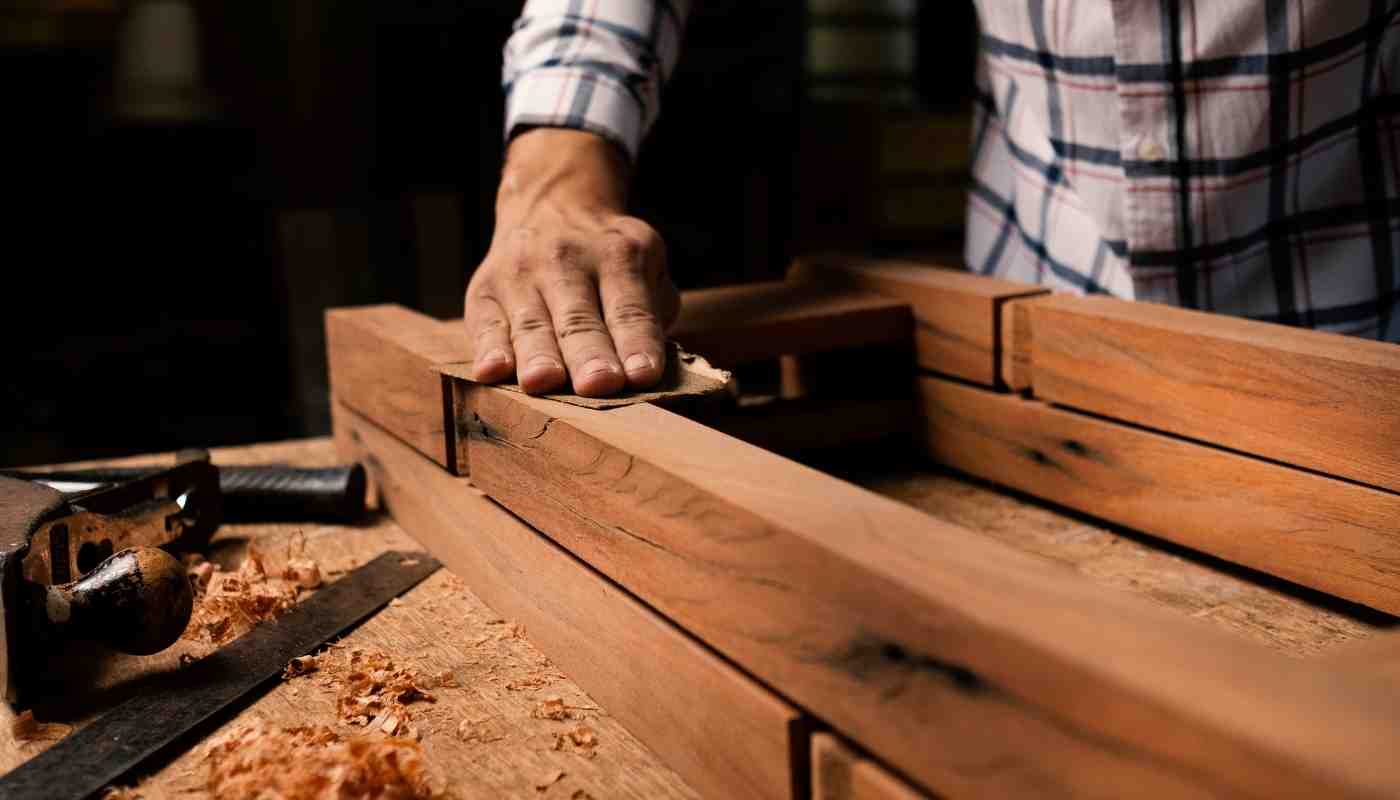
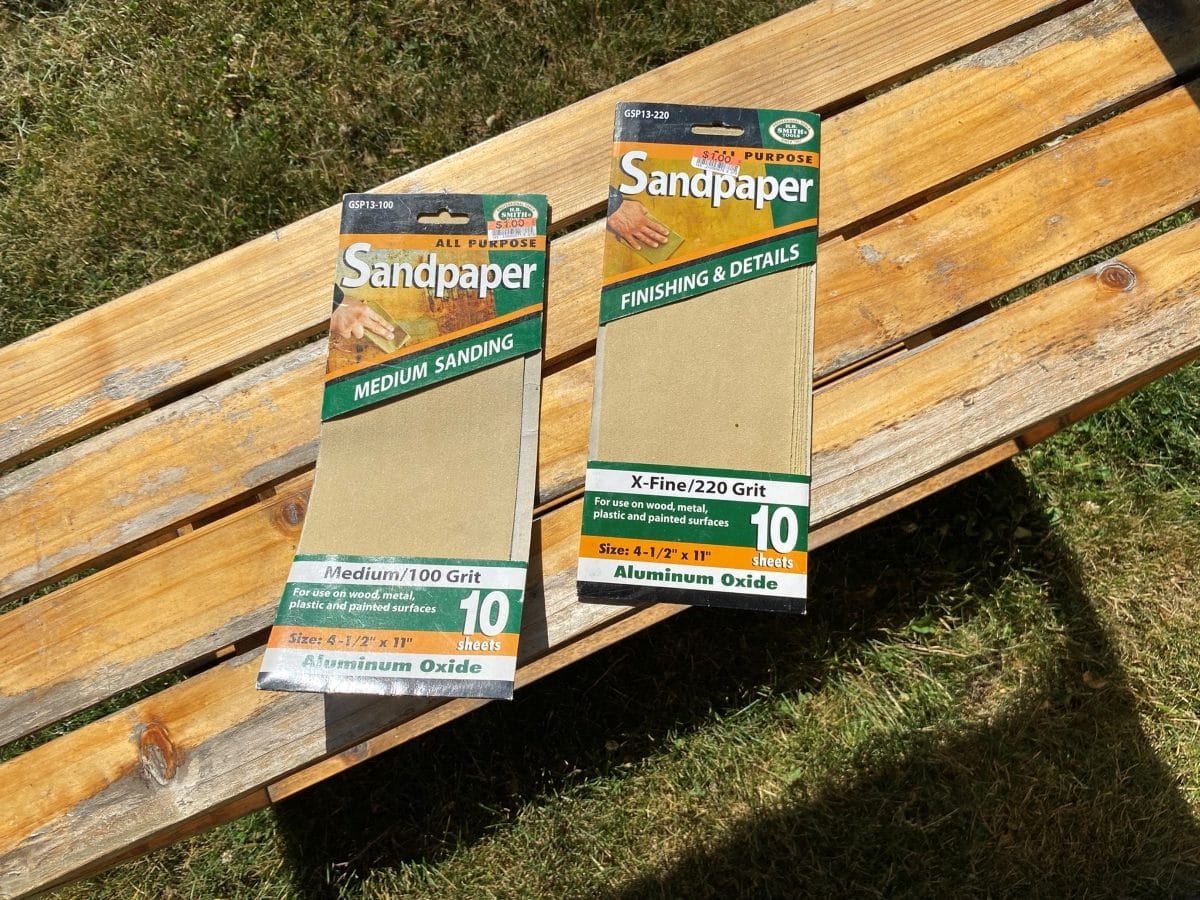
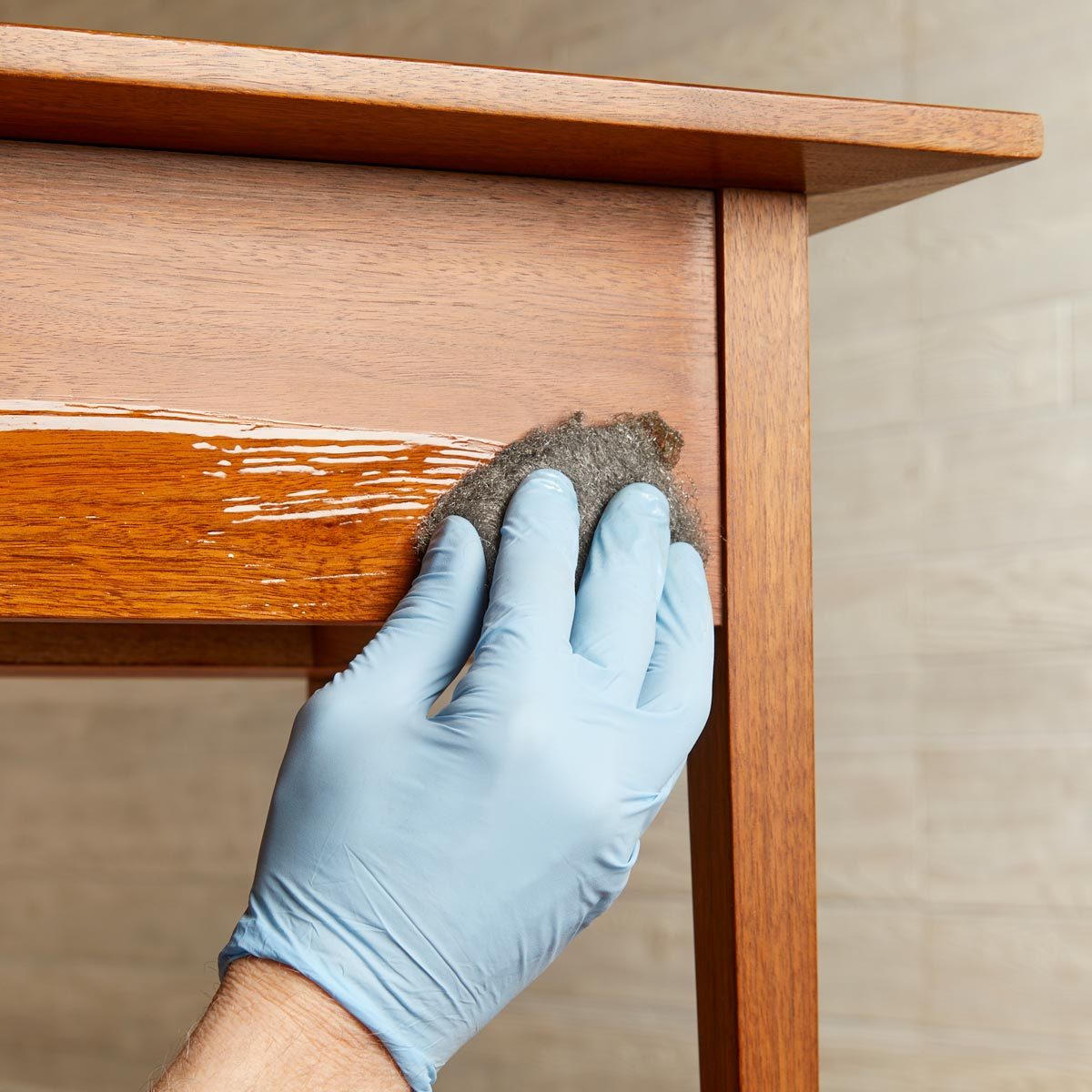
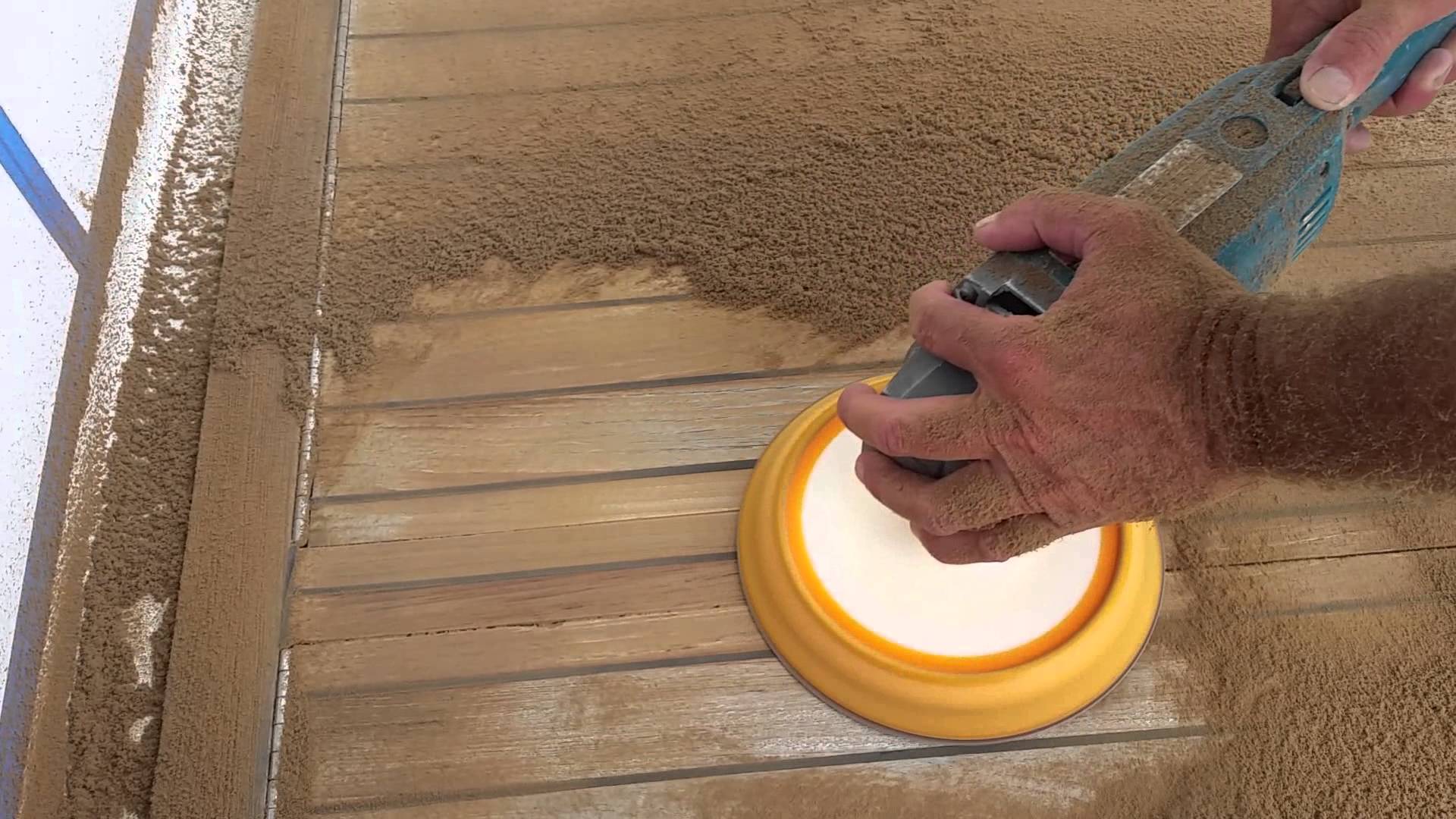
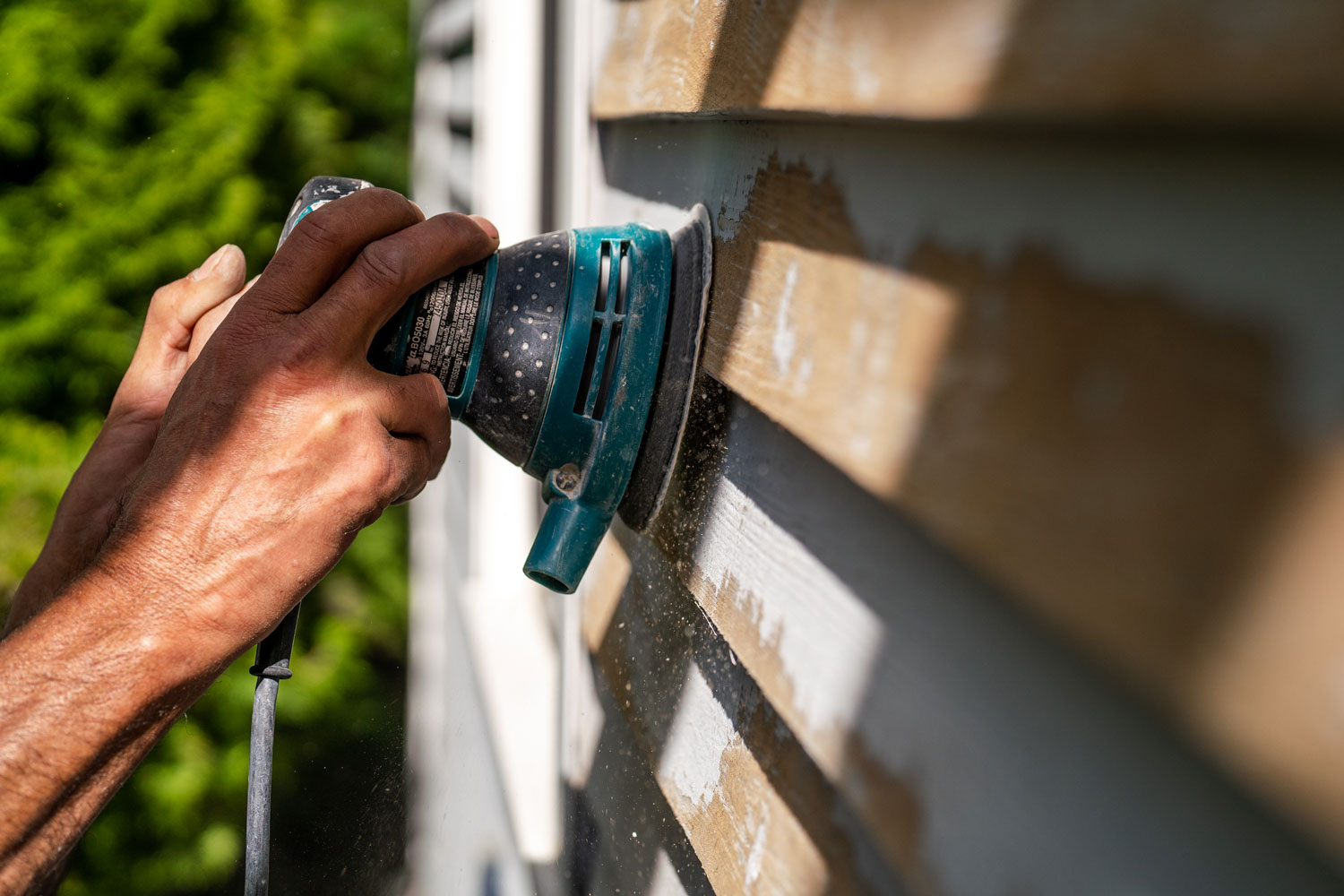
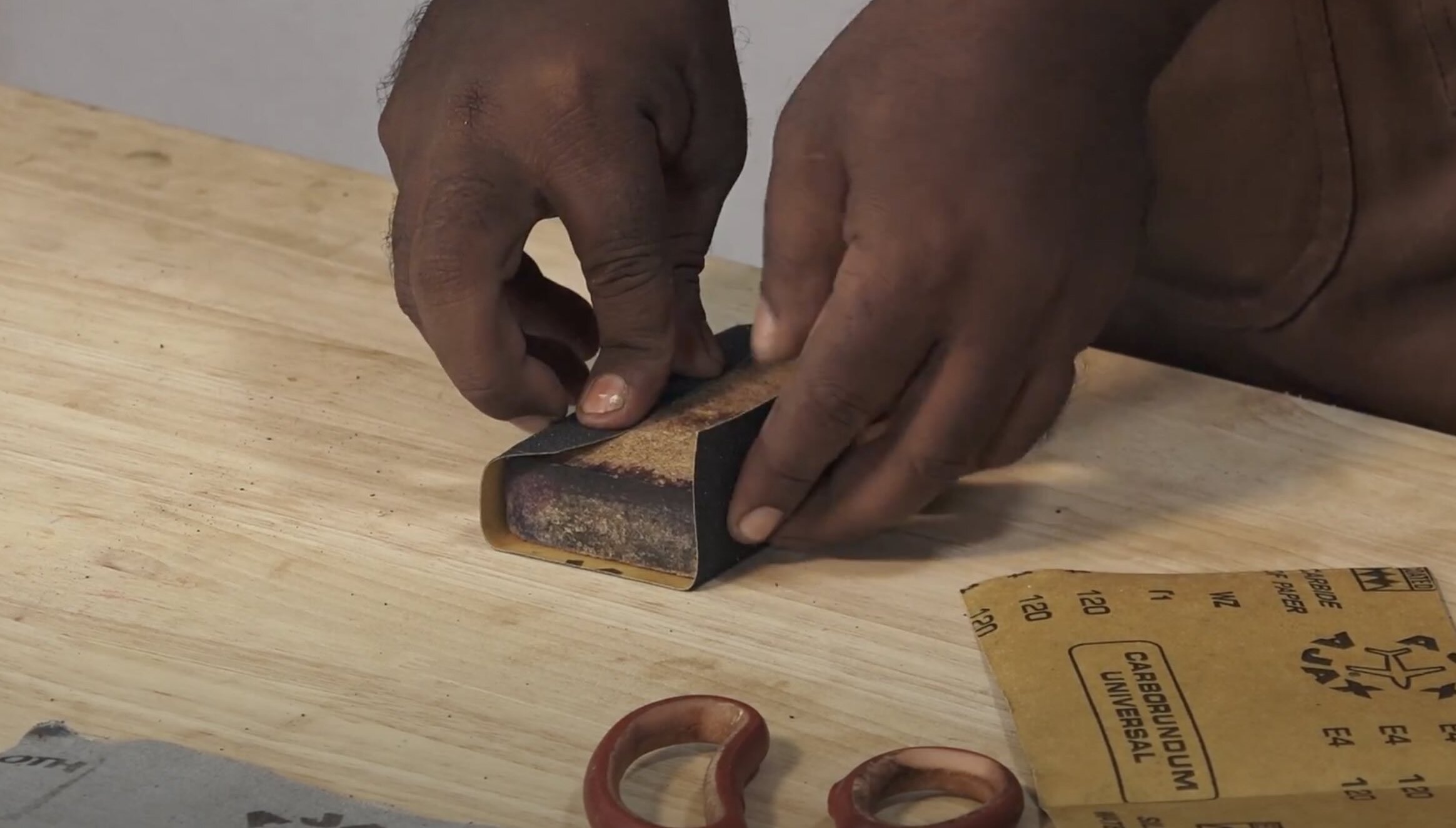
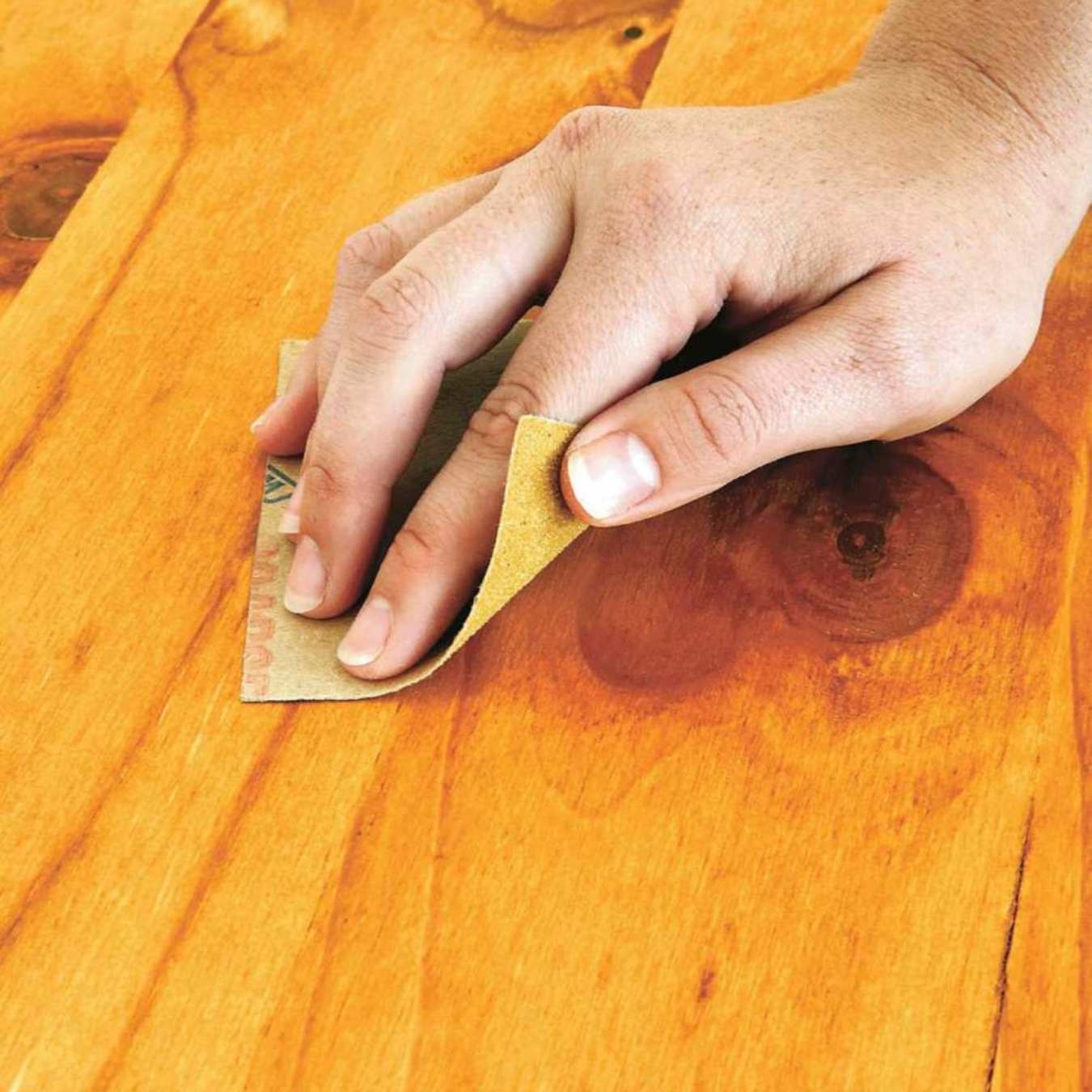
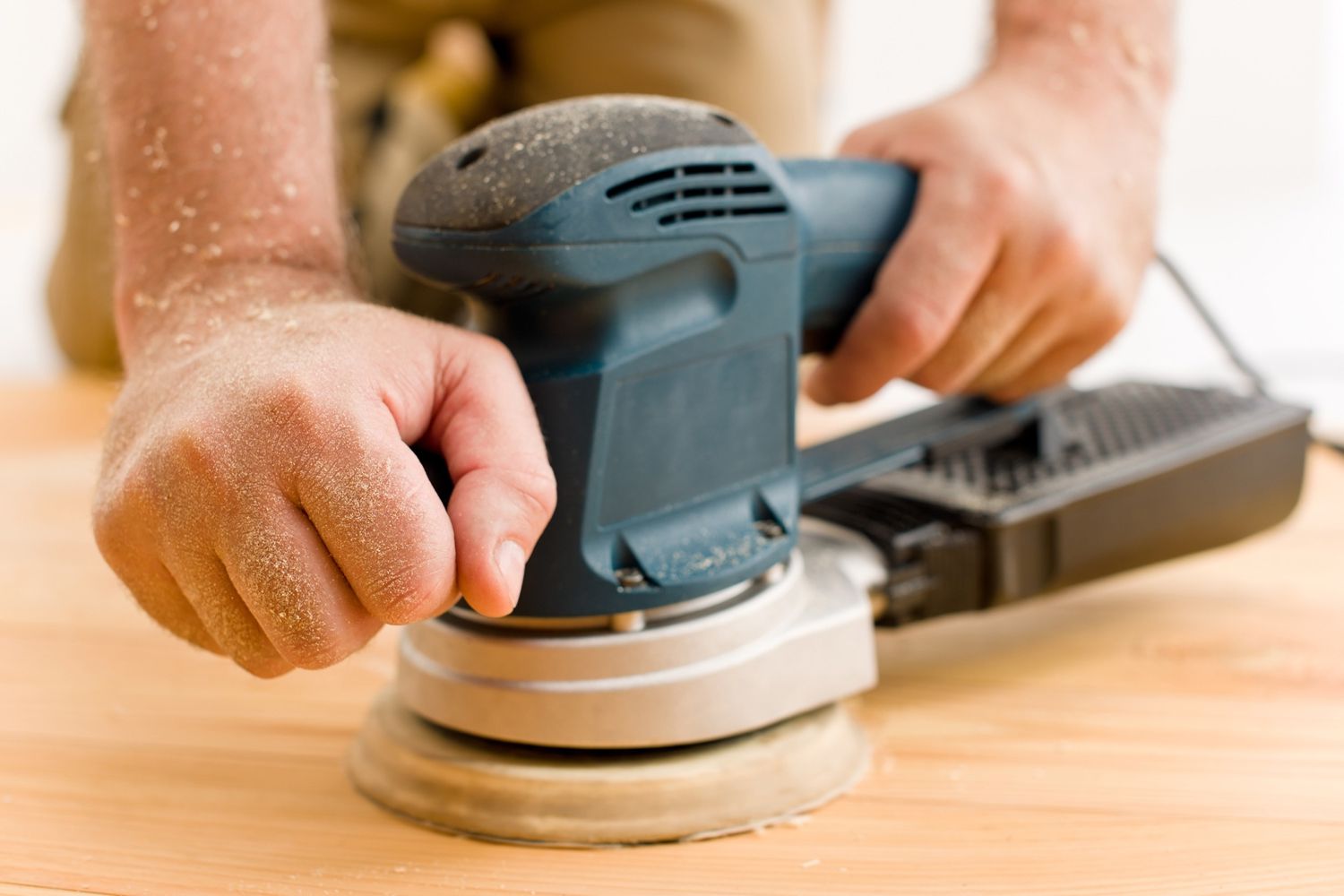

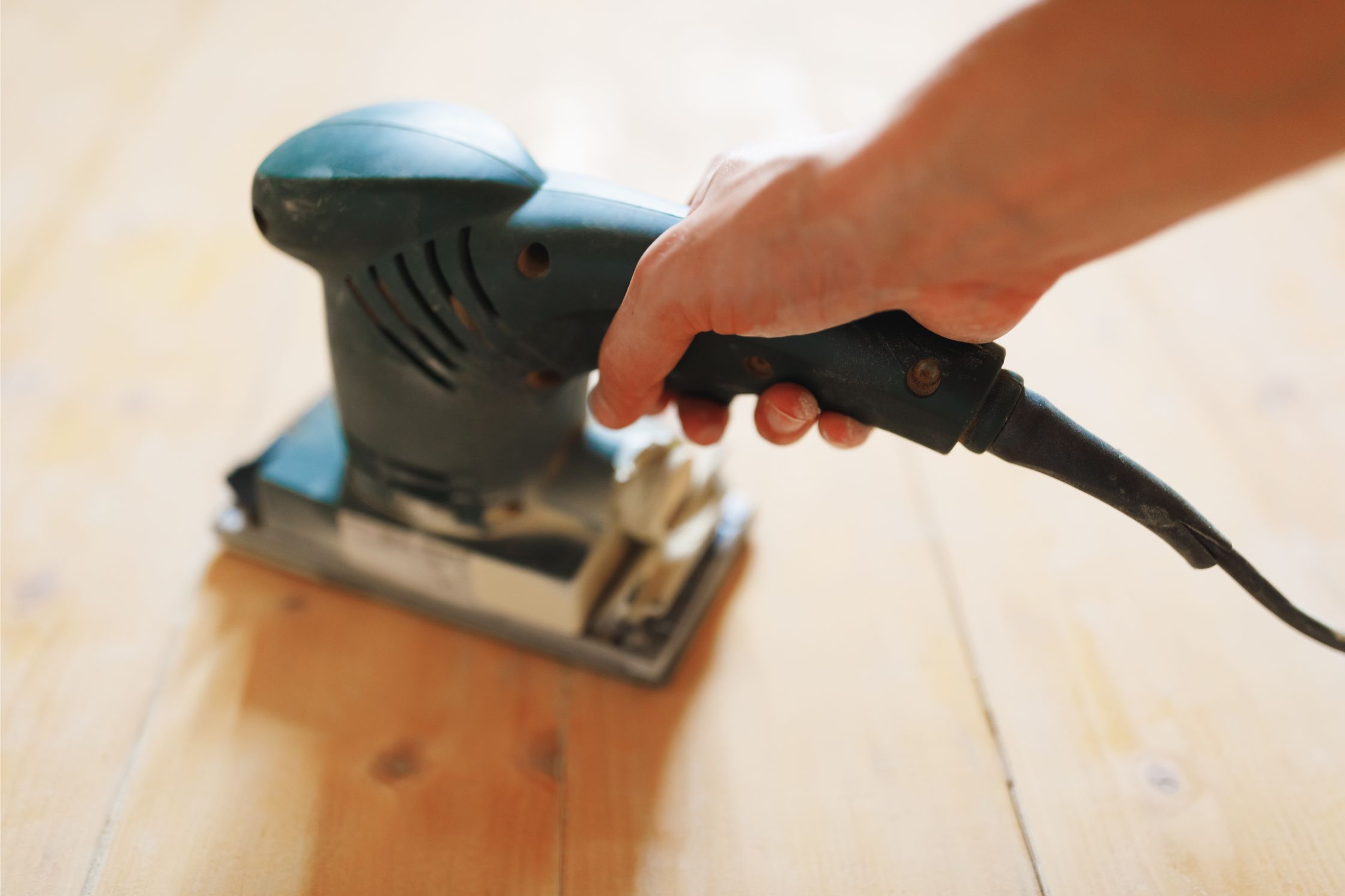

0 thoughts on “What Grit Sandpaper To Remove Varnish From Wood”